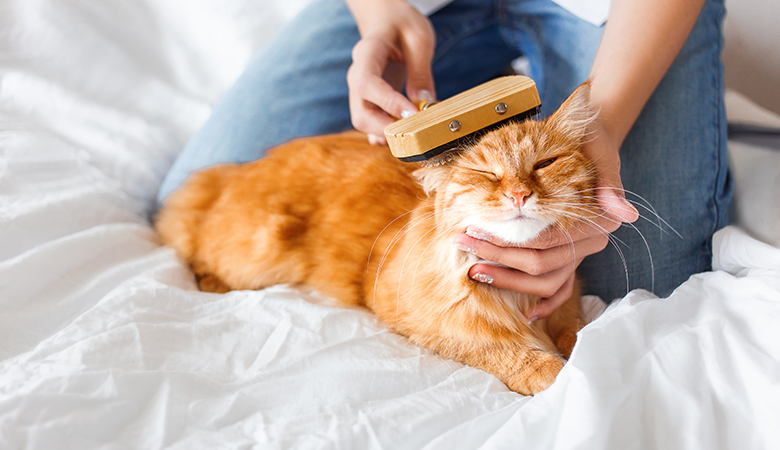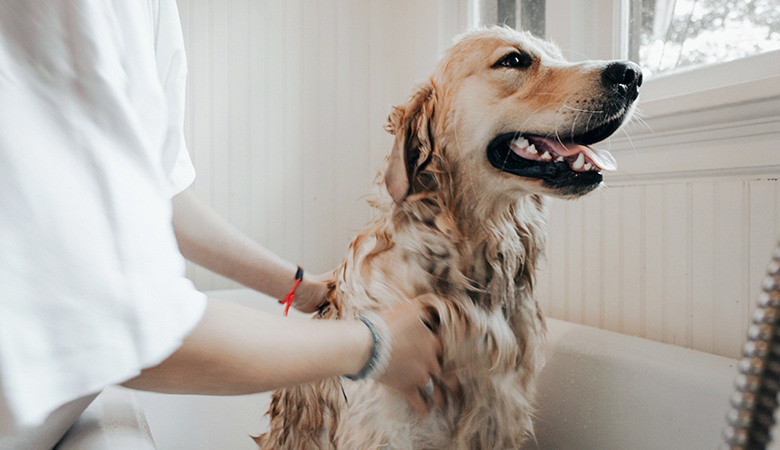The shedding season in cats
Written by Mara |
The coat of your cat is more than just a pretty layer. It provides protection against cold, heat and external influences. During the shedding season, also known as coat change, your cat loses a lot of hair to make room for a new coat. This is a natural process, but it can sometimes cause discomfort for both you and your cat. In this blog, we explain when shedding occurs, how long it lasts, what you can do about it and how you can support your cat with nutrition, supplements and care.

When do cats shed?
Cats usually shed twice a year, in spring and autumn. The spring shedding period is often more intense. The thick winter coat makes way for a lighter summer coat. Shedding typically begins when the days get longer, from March or April onwards. The autumn shedding period often starts in September or October, when the new warmer coat develops. Indoor cats, however, can shed hair all year round, because they are less exposed to natural light changes.







